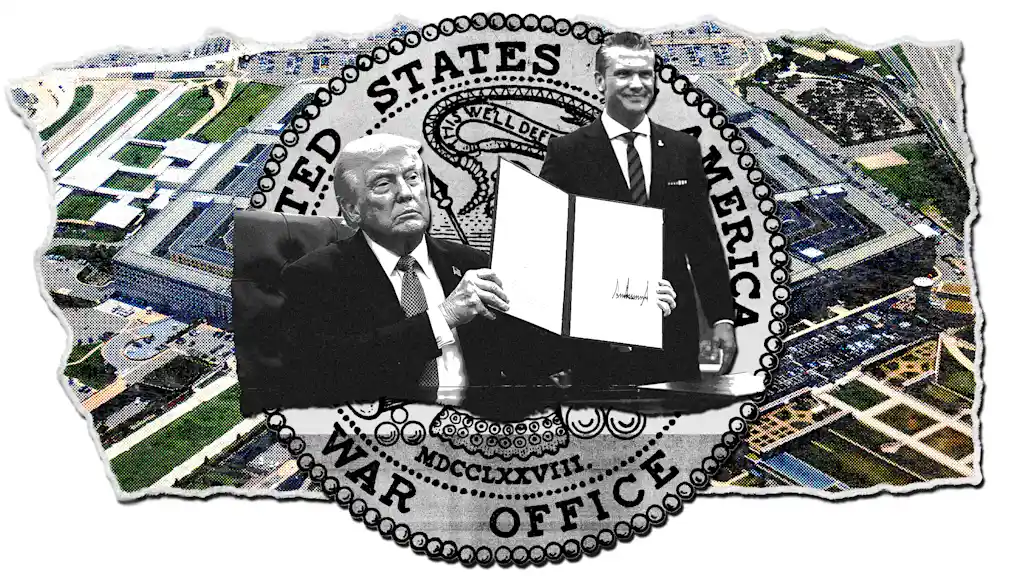
"Trump's 200th executive order of his second term, signed September 5, gives the Department of Defense the "secondary title" of "Department of War," an old name for the U.S. military's government agency before the Army, Navy, Marine Corps, and Air Force were consolidated and renamed the Department of Defense in 1949. "We're going Department of War," Trump said. "I think it's a much more appropriate name, especially in light of where the world is right now.""
""Changing a name doesn't change how people feel about you overnight," brand name expert and Eat My Words founder Alexandra Watkins says. It's one thing to change a logo. It's another to change a name. Trump can't rename a department on his own without Congress, hence his executive order giving "Department of War" as a secondary name. Still, he'll face hurdles to implementation that any brand would expect to encounter to undergo a name change."
""Big organizations don't, or shouldn't, take the decision to rebrand lightly," Ben Weis, a strategy director at the naming and writing studio A Hundred Monkeys, tells Fast Company. "The bigger the organization and the more widespread the name, the bigger the lift and the higher the risk for blowback and confusion." For the Department of Defense (DOD), with its nearly 3 million military and civilian employees, the risk for blowback and confusion is uncommonly high."
President Trump signed an executive order assigning the Department of Defense the secondary title "Department of War," invoking an older name used before 1949. The move aims to rename the largest U.S. government agency but cannot unilaterally replace the official name without Congressional approval. Branding experts warn that changing a name requires substantial effort and rarely alters public perception overnight, and large organizations face higher risks of confusion and backlash. The Defense Department's nearly 3 million military and civilian employees amplify potential costs, logistical burdens, and institutional resistance to implementation.
Read at Fast Company
Unable to calculate read time
Collection
[
|
...
]